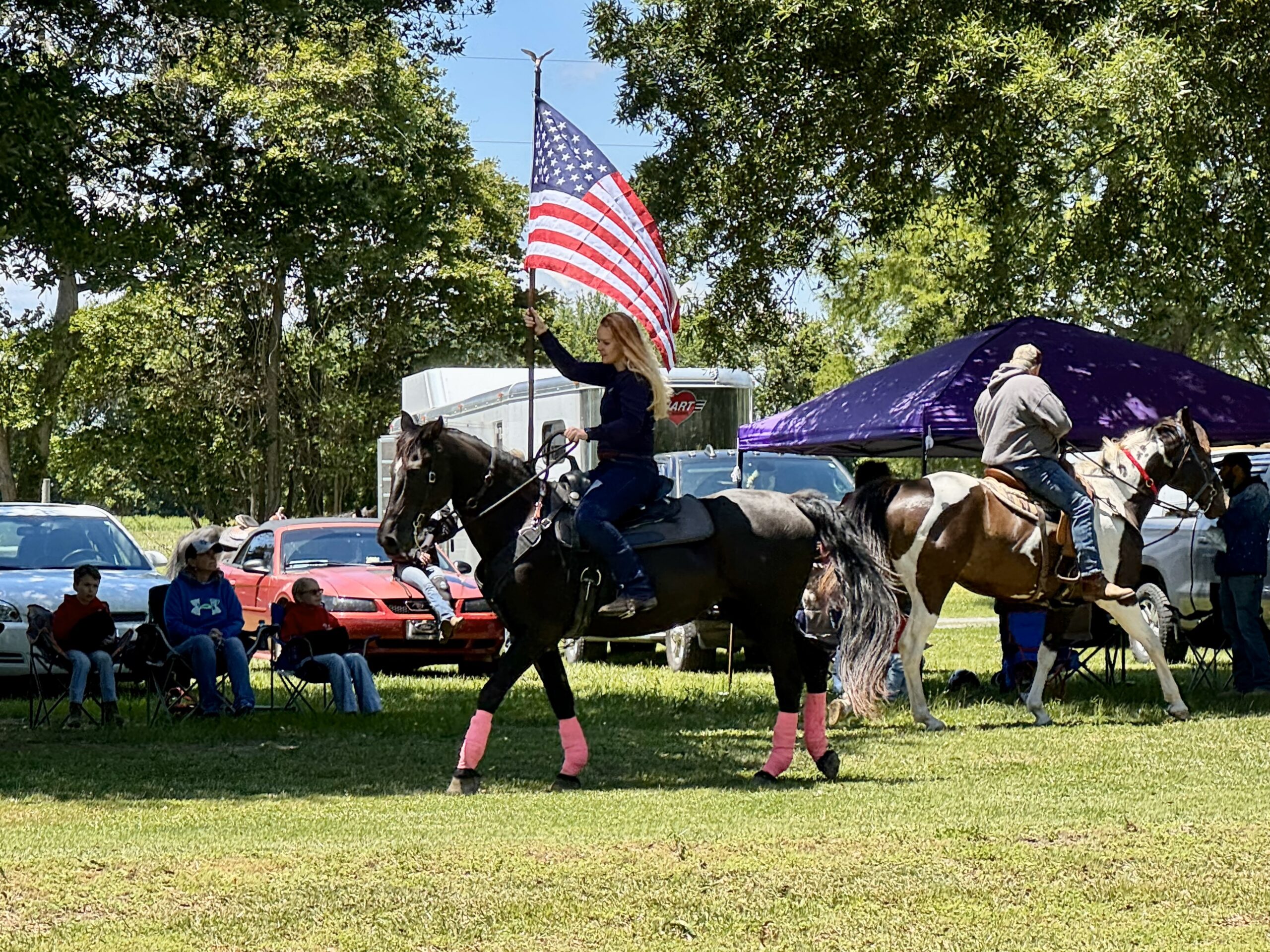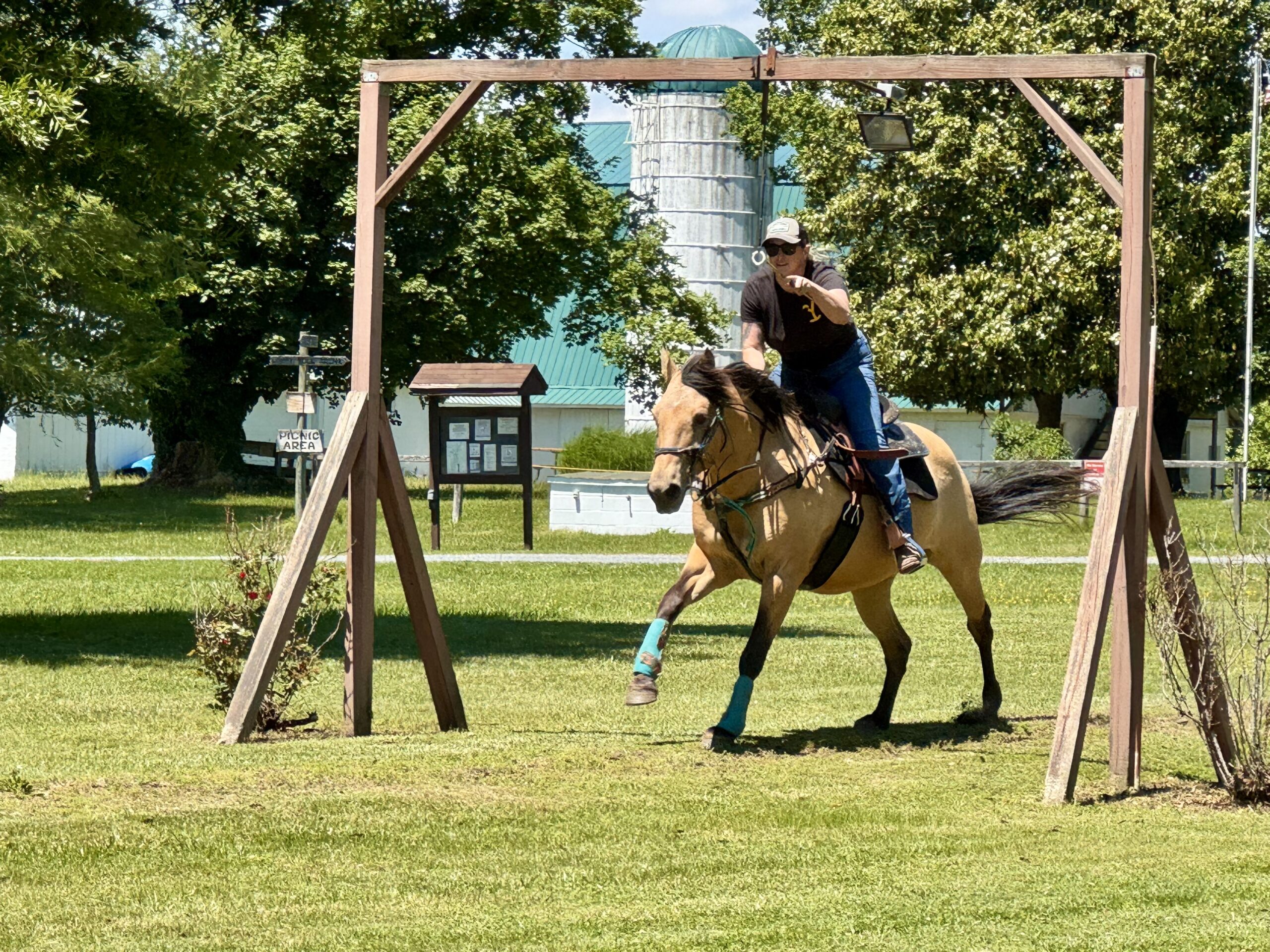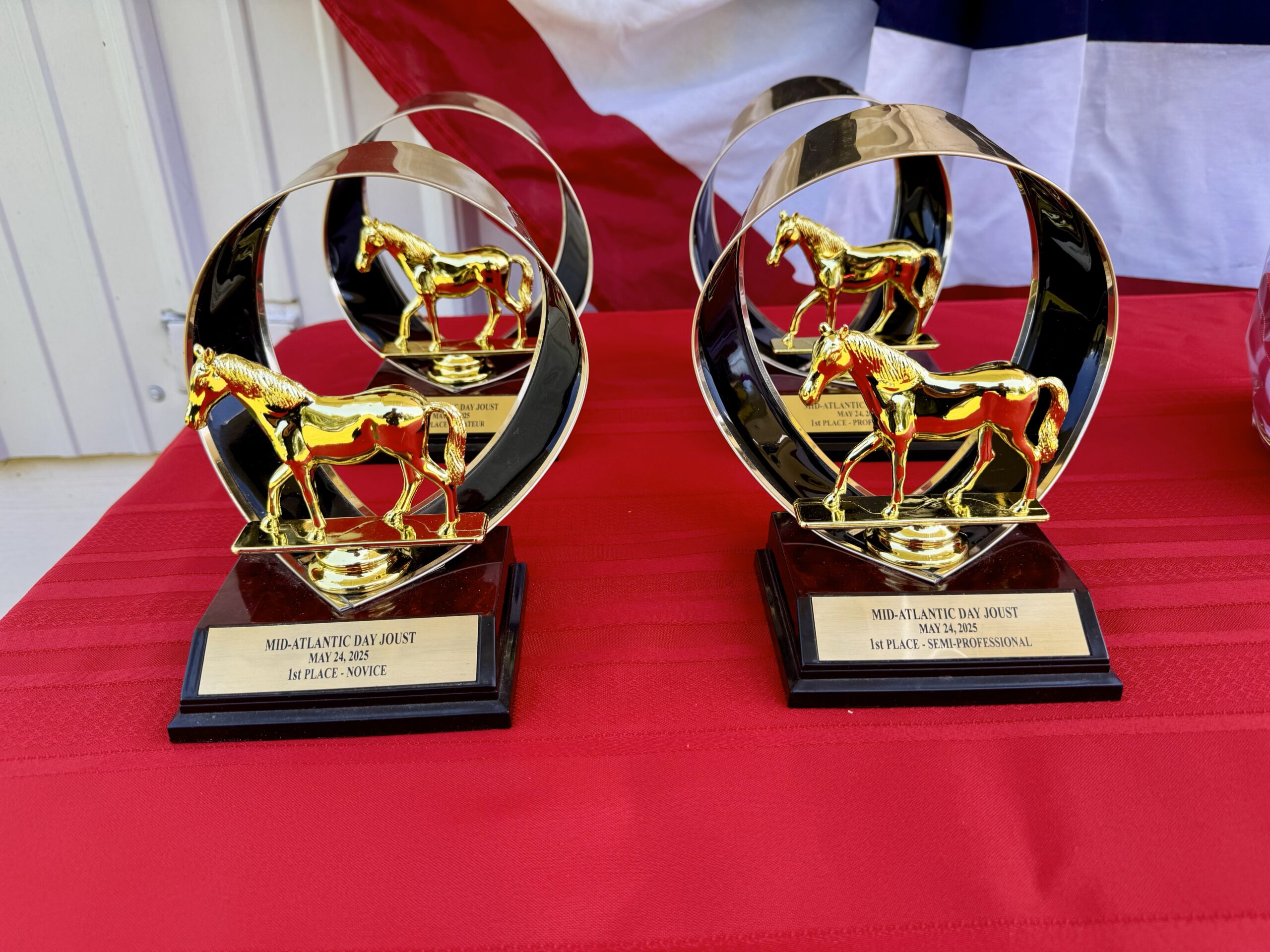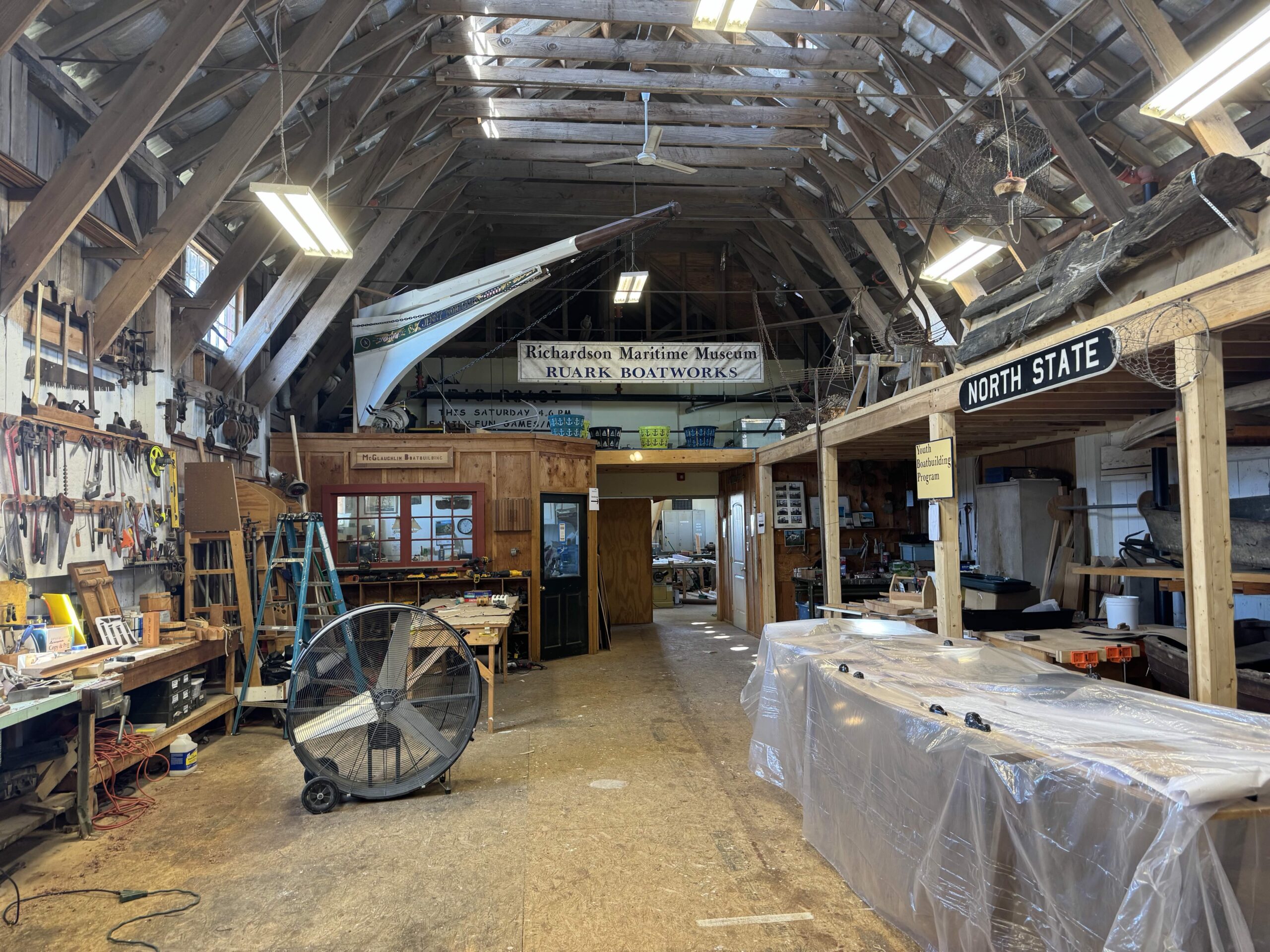On June 20, 2025, the Richardson Maritime Museum welcomed the Peregrine to its facilities in Cambridge. This single-masted day sailor skipjack was built at James B. Richardson’s boatyard around 1972 by his son-in-law, Jim Brighton.
Originally intended for pleasure sailing on the Atlantic Ocean, it spent decades away, including on the Western Shore of Southern Maryland, and it was even reconfigured into a workboat. The Peregrine has now been donated by Craig Haynie of Deale to the Richardson Museum, where it will undergo reconstruction.
The event on June 20th featured appearances by Brighton, Haynie, and Robert “Bunny” Joyce, the latter of whom did the early renovations on the skipjack.
The video is approximately six minutes in length.


 At the Tuckahoe Equestrian Center in Queen Anne on May 24, the Eastern Shore Jousting Association held the Mid Atlantic Joust Tournament. People came with campers and RVs to settle on folding chairs and watch some enthusiastic horse riders tilt at small rings with their handmade, steel-tipped lances. The participants were named Knight of the Little Woods or Maid of Rabbit Hill Road or something else equally colorful.
At the Tuckahoe Equestrian Center in Queen Anne on May 24, the Eastern Shore Jousting Association held the Mid Atlantic Joust Tournament. People came with campers and RVs to settle on folding chairs and watch some enthusiastic horse riders tilt at small rings with their handmade, steel-tipped lances. The participants were named Knight of the Little Woods or Maid of Rabbit Hill Road or something else equally colorful.


 “My goal is to have it before the end of 2025, to have us at least open one day a week with volunteer docents to do that,” said Debbie Usab, executive director of the Richardson. “We have a docent manual, but it’s not appropriate to this exhibit. So, to refurbish the docent manual, I have a history intern who is going to be graduating, and this is their internship, and they’re going to be working on that docent manual.”
“My goal is to have it before the end of 2025, to have us at least open one day a week with volunteer docents to do that,” said Debbie Usab, executive director of the Richardson. “We have a docent manual, but it’s not appropriate to this exhibit. So, to refurbish the docent manual, I have a history intern who is going to be graduating, and this is their internship, and they’re going to be working on that docent manual.”









 But something more has inspired Swift here, and there are various theories. First, though, a little background on the subject is in order.
But something more has inspired Swift here, and there are various theories. First, though, a little background on the subject is in order.



